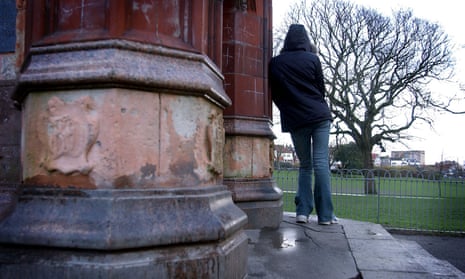Our work with advocates who directly support children in care echoes Become’s research (England’s care crisis forces 1,200 children to move over Christmas, 2 January). Children are moved across the Christmas period, as they approach significant birthdays and during important school and college years. Just before Christmas, we heard of two teenagers forced to move by their council to completely different, cheaper locations. One child was told on the day the move happened.
The official definition of child neglect is “the persistent failure to meet a child’s basic physical and/or psychological needs”. This is now designed into the children’s care system. A few weeks before Christmas, the Department for Education launched a public consultation on regulating new types of accommodation for children in care aged 16 and 17 – including bedsits, caravans, boats and shared properties with adults who have recently left prison and/or are struggling with mental health difficulties and addiction. In the aftermath of the child abuse scandals of the 1980s and 90s, many in the social work community protested that they did not know what was being done to children. Nobody can make that claim today.
Carolyne Willow
Director, Article 39
